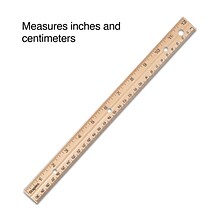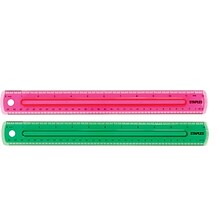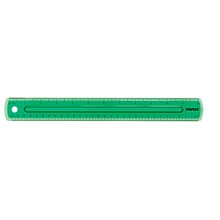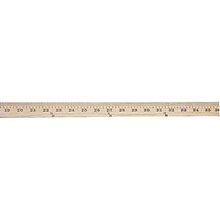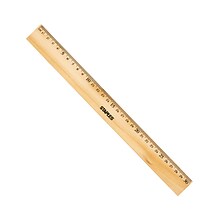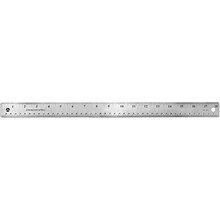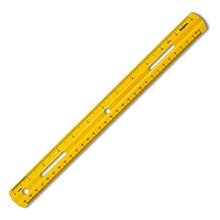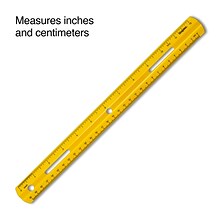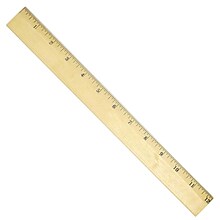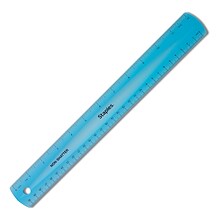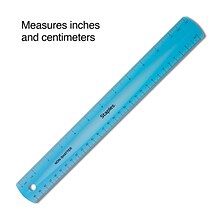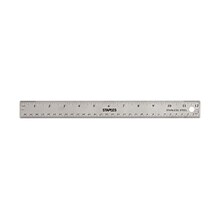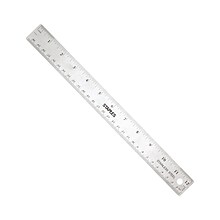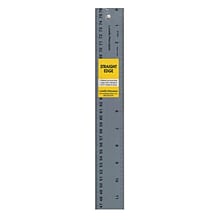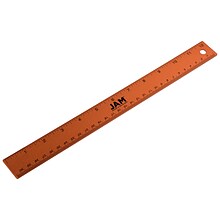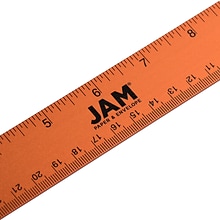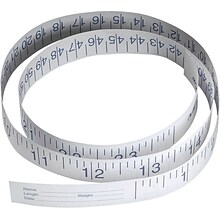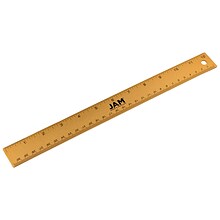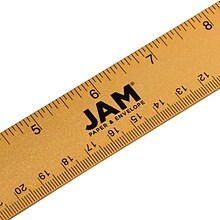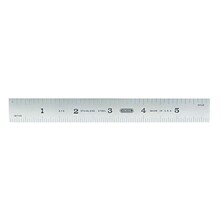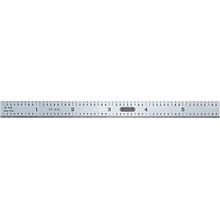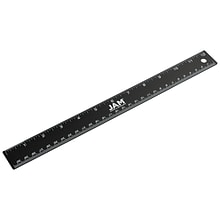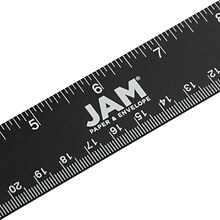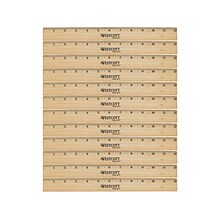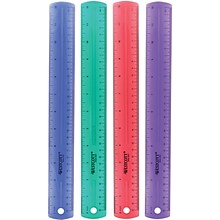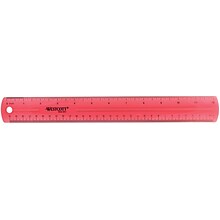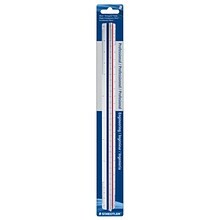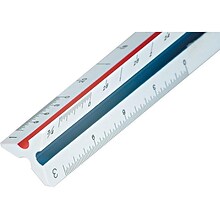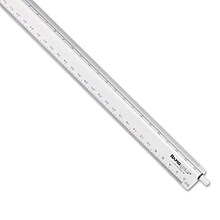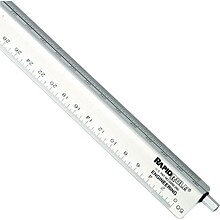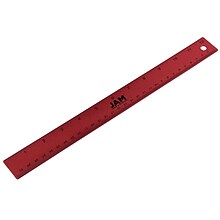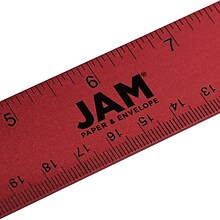Shop Rulers & Measuring Devices
(85 Products)A variety of ruler types
Choosing the best type of ruler depends on the task it's for. Bulk rulers in standard sizes are often purchased for classrooms and offices because they're universal for simple measuring and creating straight lines. Most are 6 to 12 inches long, but some are 18 inches in length. A ruler that is 36 inches is a yard stick. Square or triangle-shaped rulers are known as quilters' rulers, and they make it easy to cut cloth diagonally. An engineer’s ruler is a 3D triangle shape and has several scales for different measurements. Carpenters' rulers consist of several sections attached end-to-end that fold up for storage. They allow for accurate measuring of inside edges.
It's possible to find rulers built right into other useful tools. Some clipboards have rulers along one edge to make it easy to cut papers to size to fit on the board. The marked edge of the clipboard can be used to measure items in the field to obviate the need to carry a separate ruler. All paper trimmers have rules for accurate cutting without needing scissors. The ruler also helps ensure paper is cut square. Long-reach staplers have integrated rules with page lockers for bookbinding or working with large sheets of paper.
Bulk ruler materials
The material used to make rulers can affect use or might change how long the object lasts. Plastic rulers are often shatterproof, which is useful for classrooms with young children. Wood rulers are lightweight and have etched or engraved markings that won’t fade over time. If extremely accurate measurements are required, stainless steel or aluminum imperial or metric rulers may be optimal. They're heavy and sturdy yet thin in construction, making the edges close to the paper or cloth. Flexible options for drawing straight lines on curved surfaces are often made from thermoplastic elastomer, the same material used to make many types of rubber bands.
Extra features on rulers
Many standard rulers have extra features that make work even easier. Some common additions include:
- Binder holes to place items inside notebooks for school
- Transparent materials to let users see marks or patterns underneath
- Magnifiers to see lines and markings underneath easier
- Cork backs for no-slip measuring on smooth surfaces
- Metal edges for sharper, straighter lines and cuts

